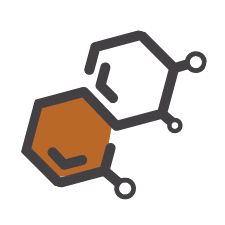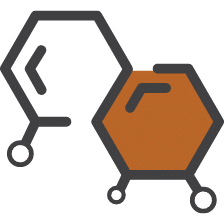Almost 1 in 4 people who abuse opioids seek opioid treatment. That number continues to rise as more treatment options become available.
When looking into opioid rehabs there are a number of things you should look for to ensure that you or a loved one is getting the proper care. For individual advice, call The Hope House admissions team today.












